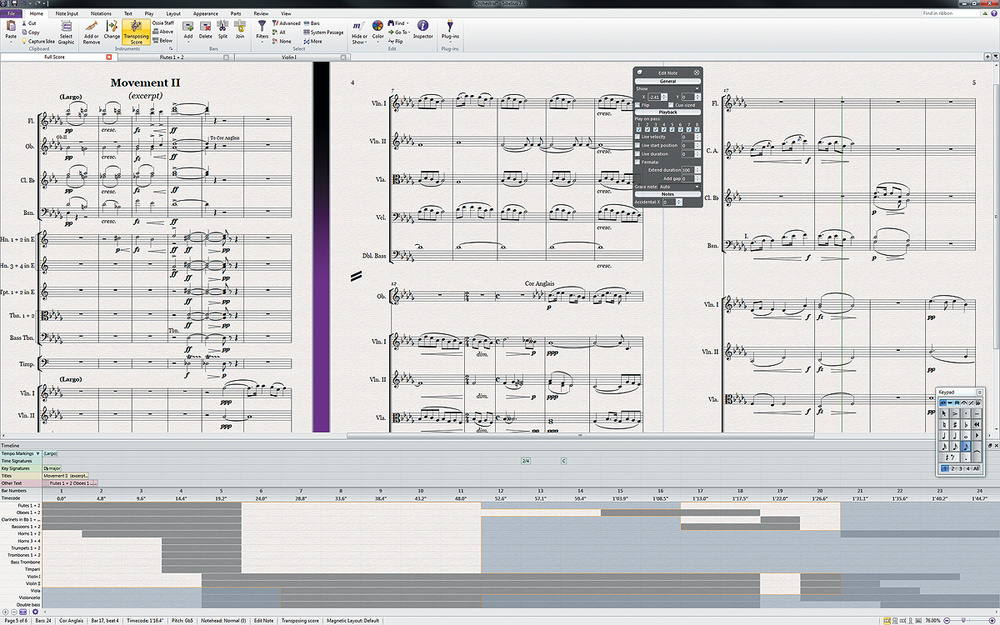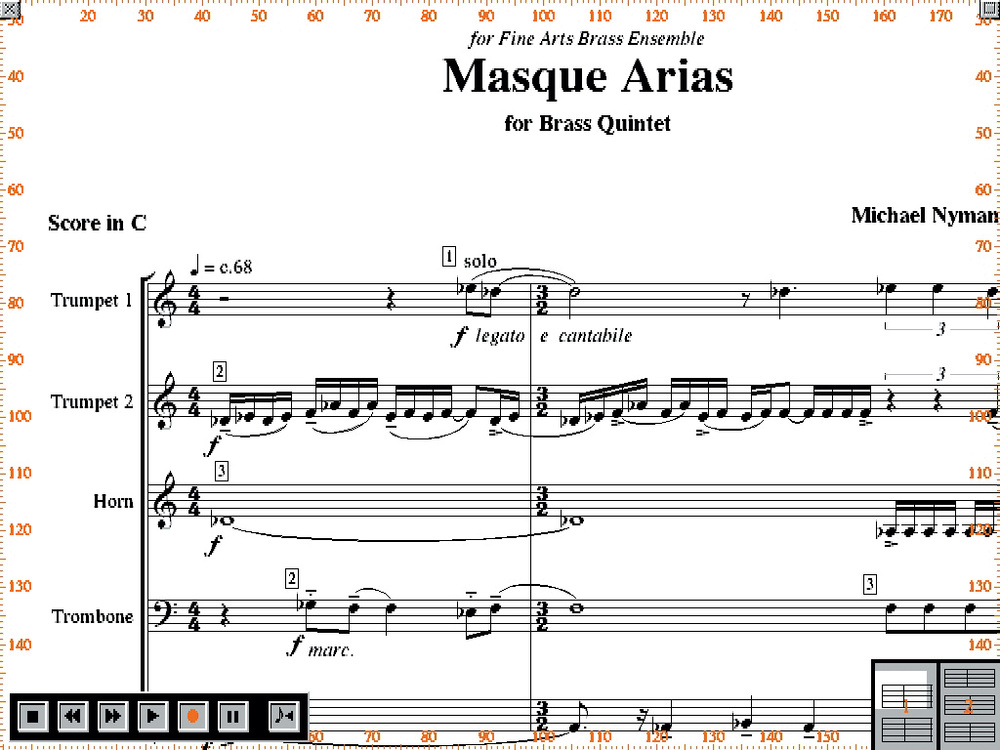

Sometimes, a tuba is called for, and it sits just below the bass trombone. If you’ve read all the previous articles until now, I’ve been introducing instruments in their score order, so this shouldn’t be too unfamiliar: Like an orchestral score, the order of instruments on a score is generally a fixed thing. Ring binding is fine, apart from studio use where it would make too much noise, then use tape. Rehearsal marks should either be letters that are never repeated, (no AA or BB rehearsal marks please!) regardless of form, or as bar numbers in a box above the stave. This is kind of old-school now but it keeps the scores clean and marcatos end up there anyway so might as well apply it to all articulations. The sax, trumpet and trombone sections are grouped with a bracket each and bar lines connect them throughout. Scores in C tend to leave the saxes hanging too low on the stave. Transposed scores are most common, even in the studio. Unlike film scores, key signatures are usually used if the music needs it. I’ll talk about this in worrying amounts of detail below. This is because most forms and phrases in big band charts are found in 8 bar phrases, but allowance should be made for phrases that are uneven too.įonts (both text and music) are usually in the handwritten style and a little more informal/stylised than orchestral scores. ‘Casting-off’ (the amount of bars/measures per system) is usually locked at 8 bars.

Time signatures are often big, like film scores, but also found as regular, smaller ones in each staff too.

SIBELIUS 5 BACK TO BACK REPEAT BARS FULL
If the pianist/bandleader wants to play off of a full score, landscape A4 (Letter) is usually fine. Most of the time, unless the pianist is also the bandleader, nobody will be using the full score for performance. The main difference between orchestral and big band scores is that big band scores are landscape.Īs for paper size, A3 (Tabloid) is the most legible with a staff size no smaller than 4.5mm. Here are a couple quick tips about layout that should get you up and running quickly for big band charts: It’s not a comprehensive list of music prep do’s and don’ts but should get you started from transitioning from orchestral music to big band chart. Assuming you have your own methods, templates and workflow for orchestral score preparation, I’ll be breaking down score and part layout with regards to creating big band charts. If you’ve come this far, I can assume that you’re just as geeky as I am about score layout and part prep. Compared with orchestral music, big band music, and jazz in general, looks remarkably different than traditional music when written down.


 0 kommentar(er)
0 kommentar(er)
